Types of phosphorus fertilizers and their use
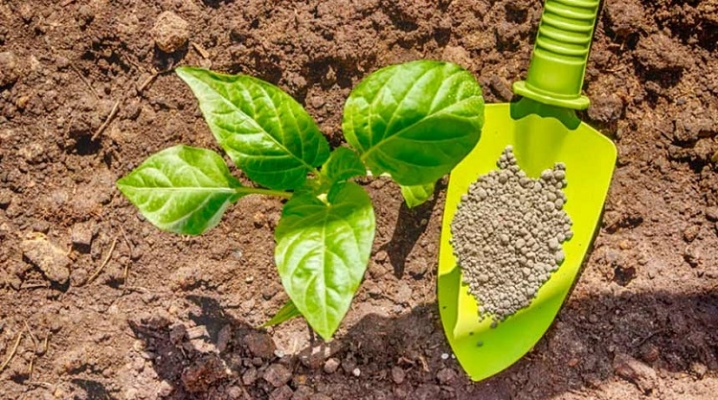
To ensure good growth and development of plants, it is necessary to apply special fertilizers. There is a wide variety of phosphorus and other fertilizers, each of which has its own beneficial properties and is used for specific needs. To find out how and when to apply phosphorus fertilizers correctly, it is worth considering them in more detail.
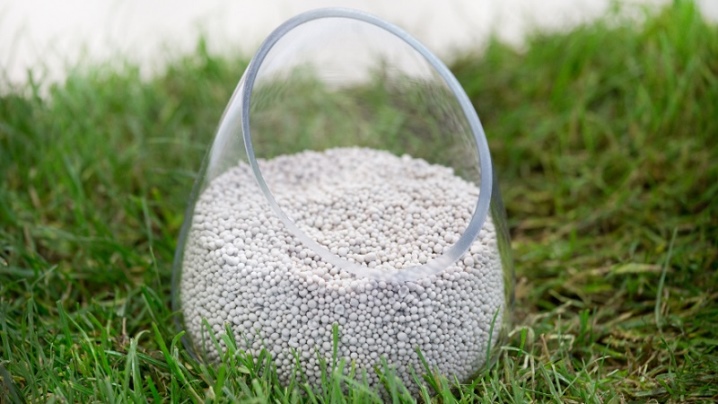
What it is?
Phosphorus is a raw material that is essential for the growth and development of plants. Nitrogen and potassium play a fundamental role in ensuring growth and proper taste, while phosphorus regulates metabolic processes, giving the plant energy for growth and fruiting. Phosphate fertilizers are the main source of nutrition for garden crops, this mineral provides regulation of crop development and its lack leads to a slowdown or complete cessation of plant growth. The most common problems include:
- poor growth;
- the formation of short and thin shoots;
- dying off of plant tops;
- discoloration of old foliage, weak growth of young leaves;
- shift in the time of opening of the kidneys;
- poor harvest;
- poor winter hardiness.
In the garden, phosphorus is placed under all crops, not excluding shrubs and trees, since they also need this substance and cannot exist for a long time without it. It is found in small quantities in the soil, but its reserves are not unlimited.
If there is no phosphorus in the soil at all, then problems with the growth of green crops cannot be avoided.
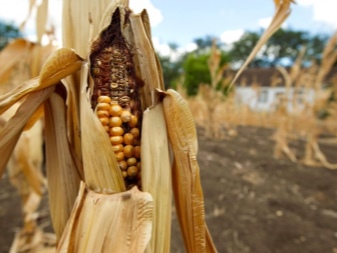
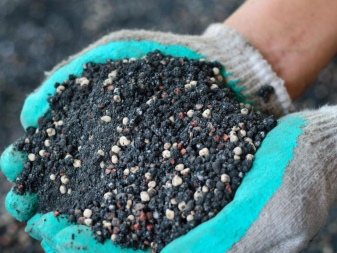
Appointment
All plants need phosphate fertilizersas they contribute to their normal growth, development and fruiting. Fertilizing garden crops is part of the care, since without this, the soil will not be able to provide the full range of substances necessary for the full life of the green plantation. The role of phosphorus is extremely important in the development of flora.
This mineral has a positive effect on plants in any quantity. Gardeners may not worry about the amount of phosphorus introduced into the soil, since the plant will independently absorb as much as it needs. To create phosphorus fertilizers, a person uses apatite and phosphorite, which contain a sufficient amount of phosphorus. Apatite can be found in soil, while phosphorite is a sedimentary rock of marine origin. In the first element, phosphorus is from 30 to 40%, and in the second it is much lower, which complicates the production of fertilizers.

Varieties
Based on the composition and basic properties, phosphorus fertilizers can be divided into several groups. This is how their classification looks like.
- Water-soluble fertilizers are liquid substances that are well absorbed by plants. These components include simple and double superphosphate, as well as phosphorus.
- Fertilizers insoluble in water, but amenable to dissolution in weak acids. The main types include: precipitate, tomoslag, open-hearth phosphate slag, defluorinated phosphate, phosphorus.
- Insoluble in water and poorly soluble in weak acids, but soluble in strong acids. The main fertilizers in this group include bone and phosphate rock. These types of additives are not absorbed by most crops, but lupine and buckwheat respond well to them due to the acidic reactions of the root system.
The composition of each phosphate fertilizer has its own characteristics and is used for specific crops. The organic matter of phosphorites and the mineral composition of apatite help to make the soil more fertile and ensure good growth and crop yields. For tomatoes, these additives are fundamental, without them active growth, disease resistance and timely and abundant fruiting become unattainable.
To better understand which fertilizers to use in a particular case, it is necessary to consider the main types of these additives.
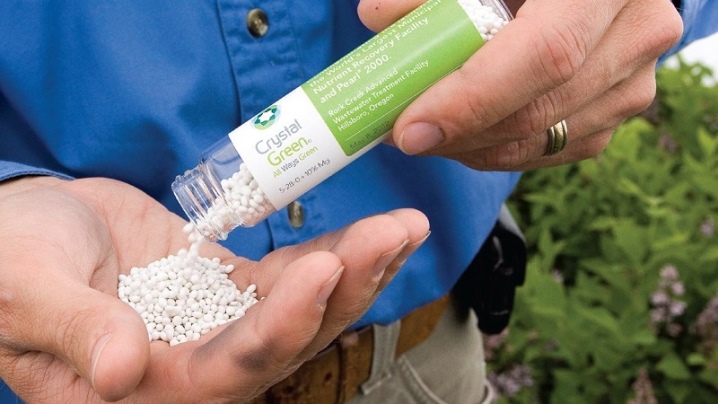
Ammophos
The most common phosphate fertilizer is ammophos, it can be used on any soil for growing root crops and grain crops. It has proven itself as an additional additive to the soil before and after plowing fields.
Thanks to ammophos fertilization, you can extend the shelf life of the crop, improve taste and help the plant become stronger, stronger and more winter-hardy. If you regularly add ammophos and ammonium nitrate to the soil, you can get up to 30% more yield than usual. The most favorable crops to use this supplement are:
- potatoes - 2 g of substance is enough for one hole;
- grapes - 400 g of fertilizer should be diluted in 10 liters of water and the soil should be fed in the spring, and after another 2 weeks, make a solution - 150 g of ammonia per 10 liters of water - and spray the foliage;
- beets - thanks to top dressing, it is possible to extract harmful substances from the root crop and saturate it with sugar.
If ammophos is used for ornamental plants or lawn grass, then the amount of substance for the solution must be calculated based on the proportions indicated in the instructions on the package.

Phosphoric flour
Another type of phosphorus fertilizer is phosphate rock, in which, in addition to the main component, there may be other impurities: calcium, magnesium, silica and others, which is why there are 4 brands: A, B, C, C. This additive is in the form of powder or flour, does not dissolve in water, which is why it is stored for a long time. It can be used on any soil, even acidic, pouring it into the ground and digging it up. The only drawback in the process of application is dust, because the phosphate rock should be sprinkled carefully, as close to the ground as possible.
Thanks to this fertilizer, the site will have a sufficient level of nutrients, which will last up to four years. Phosphorus flour is best absorbed by:
- lupine;
- buckwheat;
- mustard.
A good percentage of assimilation is observed in crops such as:
- peas;
- sweet clover;
- sainfoin.
If it is necessary to feed garden crops, then the soil must have a high level of oxidation so that cereals, beets and potatoes can fully absorb fertilizers. There are those crops that do not assimilate phosphoric flour at all, these are barley, wheat, flax, millet, tomatoes and turnips. For effective soil fertilization, it is recommended to mix phosphate rock with peat and manure, which create the necessary acidic environment and increase the benefits of introducing these substances into the soil.
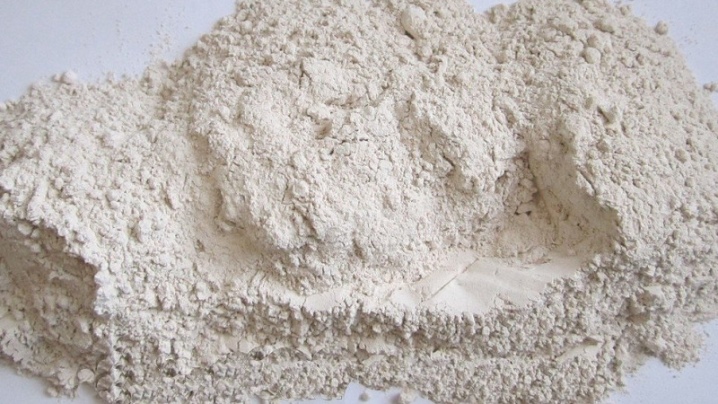
Diammophos
Another fertilizer that is used for most garden crops is diammophos. It contains nitrogen, potassium and phosphorus, and additional substances can be zinc, potassium, sulfur, magnesium, iron. This substance is used as an independent fertilizer, less often as an additive to other fertilizers.
Thanks to diammophos, there are such positive changes in plants:
- improved palatability, the fruits are more juicy, sugary and tasty;
- resistance to unfavorable weather conditions, after fertilization the plants react more steadily to cold and rain.
This substance is poorly soluble in water and does not wash out from the soil for a long time, in addition, it goes well with other top dressing: compost, droppings, manure, etc.
The most favorable crops for the use of diammophos are:
- strawberries - it is enough to add 7 grams per sq. meter;
- potatoes - the optimal amount is 8 grams per sq. meter;
- fruit trees at the age of 2 years - 20 grams of the substance, which are introduced into the trunk circle and partially dug up;
- for greenhouse plants - 35 grams per sq. meter.
After fertilization, it is necessary to water the soil well so that the substances begin to dissolve, enriching the soil. It is important to add a clearly marked amount of the substance, otherwise there will be an overdose that will only harm the plant.
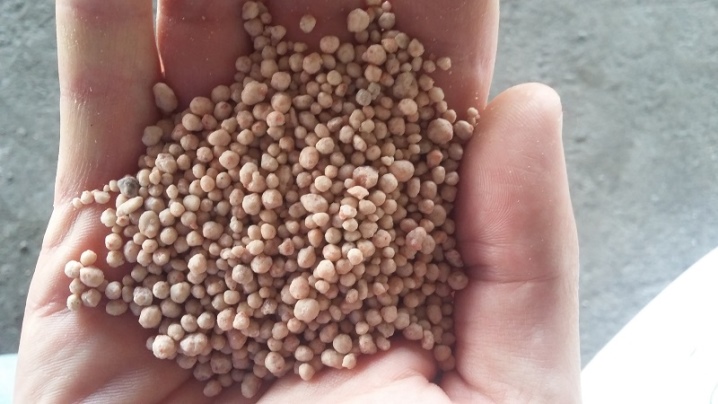
Superphosphate
Another fertilizer that is used to feed green spaces is superphosphate. It contains 20-50% phosphorus and a minimum amount of nitrogen, which allows you to regulate the growth of unnecessary shoots. As additional components in superphosphate, sulfur, boron, molybdenum, nitrogen and calcium sulfate can be noted.
Superphosphate has several varieties:
- monophosphate;
- double superphosphate;
- granulated;
- ammoniated superphosphate.
To use them correctly, it is worth considering each of the options in more detail.

Monophosphate
Powdery substances with a 20% phosphorus content, as well as gypsum, sulfur and nitrogen in the composition. This is an inexpensive and fairly effective remedy, the demand for which is gradually beginning to fall due to the emergence of more modern drugs. In order to properly store monophosphate, it is important to comply with moisture standards, which should not exceed 50%.
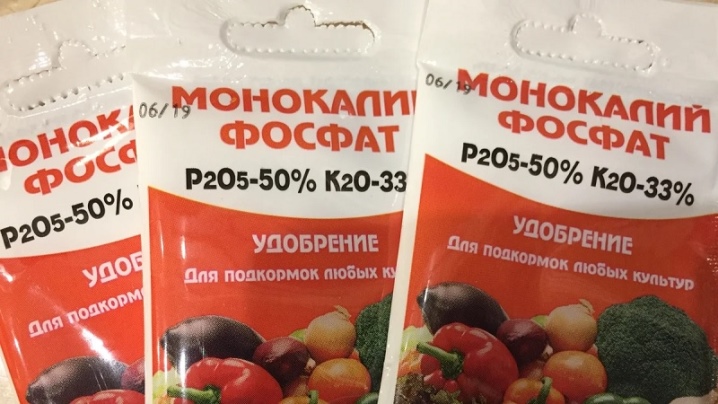
Granulated
Fertilizer represented by granules that convenient to store and easy to put into the ground. It contains 50% phosphorus, 30% calcium sulfate, zinc, magnesium and other components. Granular superphosphate is an acidified substance to which you need to add lime or ash a month before applying to the soil.
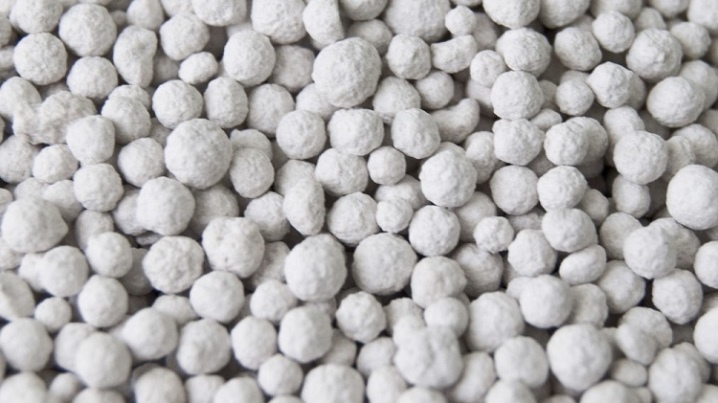
Ammoniated
This type of fertilizer used for introduction into the soil for oil and cruciferous crops... This substance has a high percentage of effectiveness and does not have an oxidizing effect on the soil, due to the fact that it contains ammonia and a high sulfur content, about 12%.
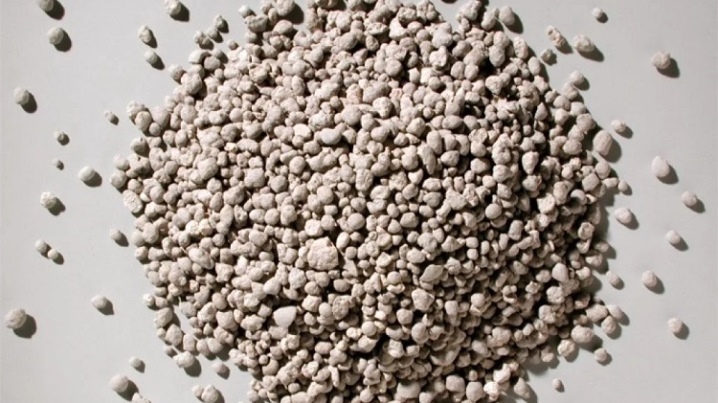
Manufacturers
Phosphorus in nature is represented by organic compounds, which are less and less in the soil every year, therefore plants feel a clear lack of additional nutrients. To provide nutritious nutrition for green crops, industrial enterprises produce this mineral on their own. In Russia, the largest centers for the extraction of phosphorus are:
- Cherepovets;
- Nizhny Novgorod;
- Voskresensk.
Each city is trying to contribute to the receipt of phosphate fertilizers in order to provide agriculture with a decent supply of fertilizers. In addition to the production of chemical compounds in the Urals, phosphorus is mined thanks to waste at a metallurgical enterprise.
The production of phosphorus, nitrogen and potash fertilizers is a priority, therefore more than 13 tons of these substances are extracted every year.

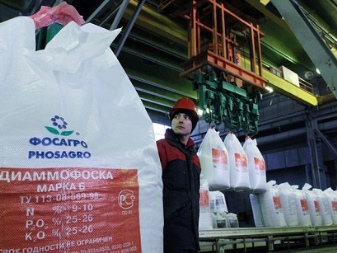
Rates and terms of introduction
In order to maximize the effect of phosphorus fertilizers, it is necessary to apply them correctly and in a timely manner to the soil. It is important to evaluate the type of soil, its response and the type of plants that grow on it. It is necessary to carry out liming of phosphorus additives, fertilizers are well absorbed in acidic soil, and acidifying components must be added in alkaline soil. Organic substances will be an excellent pair for phosphorus fertilizers.
In order to properly introduce useful components into the soil, you need to follow this rule: dry fertilizers are applied in the fall, in the spring - those that require moistening or dissolving in water.
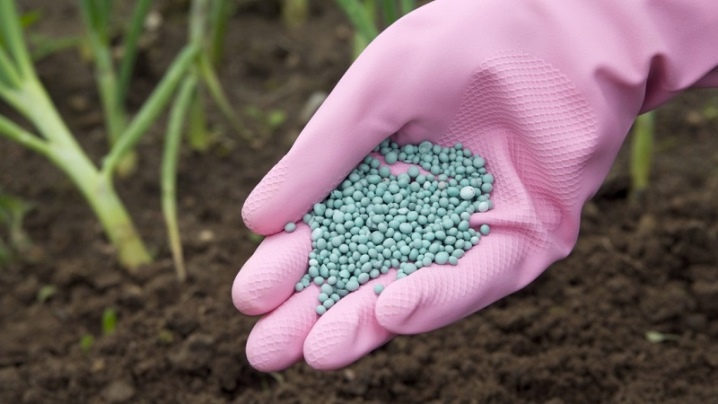
How to use?
The use of phosphorus fertilizers is essential for any green space. Phosphorus is compatible with most cultures, therefore it will not harm them. The use of such an additive allows you to saturate the soil and provide a supply of nutrients for normal growth and good fruiting. Each gardener has his own methods and methods of fertilization in order to grow good vegetables and fruits.
There are several rules for how phosphorus should be applied to the soil:
- granular fertilizers are not scattered over the soil surface; they are either applied to the lower soil layer, or diluted with water and watered;
- it is better to use phosphorus fertilizers in the fall, which will maximize the saturation of the soil with useful elements and prepare it for spring; for indoor flowers, additives are added when they are needed;
- it is not recommended to add phosphorus to acidic soils: if there is a need for it, then ash or lime is added to it a month before it is added so that the fertilizer is absorbed in the soil;
- sometimes plants infect various diseases, for the purpose of their treatment, iron sulfate, which is compatible with phosphorus, can be used.
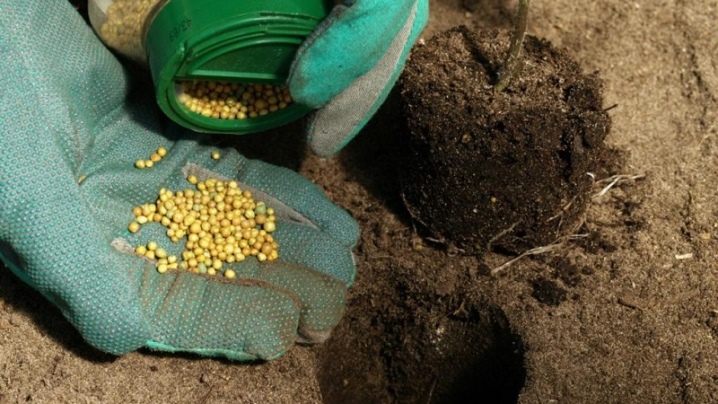
The following video provides more information on phosphate fertilizers and their uses.













The comment was sent successfully.